Houseplants are a great way to add some greenery to your home and make it look more welcoming. There are dozens of different types of houseplants, so finding the right one for you is easy. They add color, freshness, and life to a space and can be easy to take care of. There’s something about houseplants that makes us feel good. Maybe it’s the way they add a splash of color to a room, or perhaps it’s the fact that they clean the air. Whatever the reason, there’s something undeniably satisfying about having a houseplant in your home.
12 Tips to keep your houseplants healthy
Choose suitable plants for your indoor environment
- Before choosing which plants to add to your home, it is essential to determine what environment your new plants will live in. You should decide whether you want your plants to be sun or shade tolerant and what kind of climate you live in (temperate, cool, or cold).
- Before giving your plants the best possible care, you must ensure you’re getting the right kind. There are dozens of different types of houseplants, and not all of them are suited for every home or situation. For example, some plants prefer dry conditions, while others need plenty of water. It’s essential to read your plant’s description before purchasing so you know what it needs and how best to care for it.
Give the right amount of light to your houseplants
- Please give them the right light to get the most out of your houseplants. Too much light can cause them to grow too quickly and become leggy, while too little light can lead to pale and thin foliage. When choosing a light source for your plants, think about where you want them to grow and what plant you have.
- If you have a succulent like a Cactus that grows in areas with low light, choose a lamp that gives off a warm light rather than a harsh one. If you have a Fern or another plant that needs plenty of sunlight, use an overhead light or direct sunlight from the window.
- Much research has been done on how much light is needed for houseplants, and while there is no definitive answer, most experts suggest getting at least four to six hours of direct sunlight per day.
In case you missed it: How to Grow Petunias from Seed: A Beginners Guide to Planting to Harvest
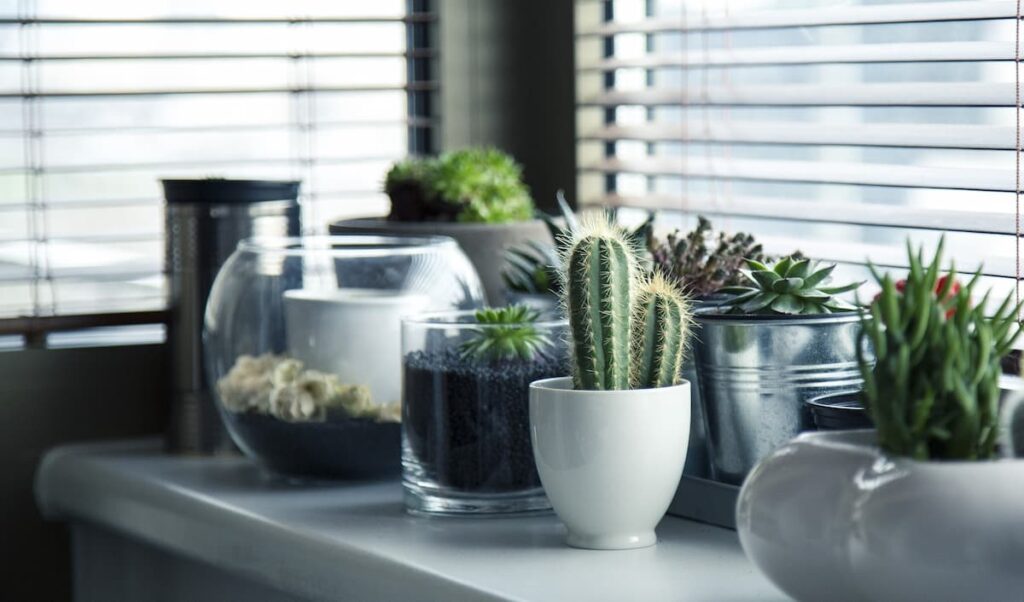
Choose the best soil for healthy houseplants
When it comes to thriving houseplants, there are a few things you can do to help them grow and flourish. First, ensure the soil is well-drained and is amended with a good mix of compost, sand, and peat moss. Second, water your plants regularly, not letting the soil dry out completely. Finally, give your plants plenty of sunlight and keep them away from drafts.
Choose suitable pots for your houseplants
- There are many different kinds of pots that houseplants can be placed in, and each has its benefits. Terra cotta pots absorb water and nutrients better than other materials, which means they are suitable for plants that need water and nutrients. On the other hand, plastic pots provide good drainage and allow plants to grow taller and more vigorously.
- When choosing pots for your houseplants, it is essential to select pots that will fit the size and shape of your plant. You also want to ensure the pot has good drainage and can hold water. Some plants, such as Ferns or Palms, need larger pots than others, so be sure to research which type of plant you are growing before making your purchase.
- Choose a pot twice the height and width of the root ball of the plant you are planting it in. This will help to keep the roots from being crowded and soil from spilling out of the pot.
- Consider a pot with good drainage because houseplants need plenty of moisture to thrive. Check the drainage holes on the pot before buying it to ensure they will work well with the chosen plant.
In case you missed it: How to Grow Tomato Plants Faster: Best Tips to Increase Flowering, Fruiting, and Production Yield
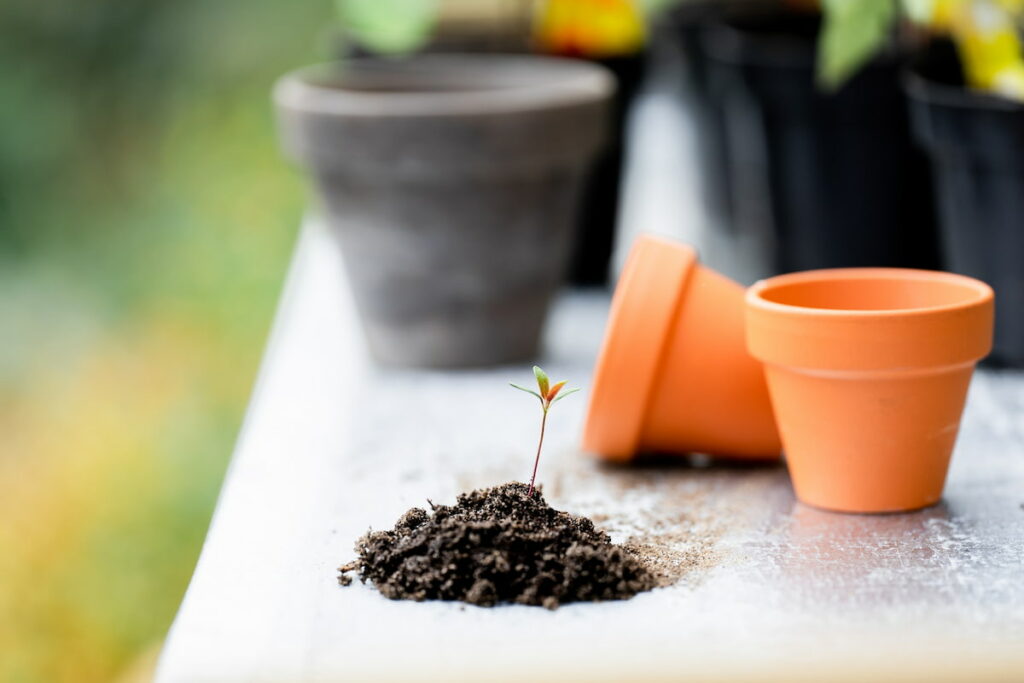
Give enough water to your houseplants
Houseplants require proper water allotment, just like any other plants. Too much water and your plant will get soggy and unhealthy, while insufficient water can result in a dry and brittle plant. Before watering, check the soil surface for wet spots and correct any deficiencies with a balanced fertilizer designed for houseplants. Mist your plants occasionally; this will help them stay moist without getting drenched.
Houseplants need water to survive, but not all water is the same. So, ensure you give your plants the proper amount of water according to their needs. Check the pot or container label to see what kind of water your plant needs. A succulent needs dry soil and barely any water, while a Fern needs more moisture. Water your plants regularly, but not too much or too little. Over-watering can cause root rot or fungus, while under-watering can result in your plant dying from dehydration. Wet soil will cause fungi and other diseases.
In case you missed it: List of Plants You Can Propagate in Water: Easy and Best Plants to Grow
Give enough food to your houseplants
You should fertilize your houseplants regularly. This will help them grow and thrive and keep them healthy. A few different fertilizers can be used on houseplants, so read the labels carefully before using them. If you don’t feed your plants, they may become weak and less productive. Place a pot of fresh soil in the plant’s container every six to eight weeks. Make sure to use a good garden soil mix.
If the plant isn’t growing well, it may be because the soil is too dry or nutrient-deficient. Add water or nutrients as needed. Try a houseplant fertilizer made specifically for indoor plants. Be sure to read the directions carefully before using it, and follow up with regular watering to help uptake the fertilizer. This comes in many forms, from liquid solutions to granules mixed with water.
Reading the label before using plant food is essential, as some varieties contain harmful chemicals that could kill your plants. Give your plants weekly dustings of organic fertilizers like alfalfa meal or fish emulsion diluted in water (use one part fertilizer to ten parts water). These fertilizers provide essential elements such as nitrogen, phosphorus, potassium, and calcium that plants need to grow healthy.
The best way is to add compost or manure. These products contain nutrients that are beneficial for plants and won’t harm any decorations or surfaces in your home. Peat moss material is often found in garden centers, and it’s a good choice for those who don’t have access to other types of fertilizer. Peat moss contains essential nutrients for plants’ growth and health, so it’s a good option if you’re looking for a long-term solution.
Remove dust from houseplants
- Houseplants need regular dusting to maintain their health and look fresh. Use a vacuum cleaner. This is the most common way to clean plants. Turn on the vacuum cleaner and move the plant around while running. Make sure to clean all the dirt, dust, and debris off the plant.
- A duster is a cloth or paper strip with a small opening at one end that removes dust and other particles from surfaces. Place the duster over the top of the plant and sweep away any allergens and dust particles. Be careful not to knock any leaves off of the plant.
- A broom can brush away loose dirt and dust from plants. Just be sure not to hit any leaves or roots with the bristles, as this could damage them.
Prepare houseplants for spring
- Make sure your plants have the necessary nutrients before spring arrives. Give them good watering and fertilizing before the weather becomes warm. Prepare your plants for sun exposure by removing any excess winter growth and pruning off any dead or weak branches.
- Check to see if any pests or diseases affect your plants, and take appropriate action if necessary. You are treating a plant with a pesticide if an infestation is found. Give your plants plenty of sunshine and fresh air during the day, and cover them up at night to protect them from cold drafts and bright sunlight during the morning hours.
Protect houseplants from pests
Houseplants are an attractive addition to any home, but keeping them healthy and free of pests can be challenging. Houseplants need plenty of water and ventilation, so keep them clean. Wipe down leaves and stems with a damp cloth weekly to remove accumulated dust and dirt. Be sure not to overwater plants; give them enough water to moisten the soil surface.
Pests can be a real challenge for houseplants, but there are several ways to control them without pesticides. One option is to use natural enemies, such as parasitic wasps or nematodes, which help eat away at pest populations. Another option is to trap them in milk jugs filled with water or beer (put them near infested plants) or sticky surfaces that insects cannot walk on. Whenever possible, try using organic methods instead of synthetic pesticides.
In case you missed it: How to Control Pests and Diseases in Chilli Crop: Causes, Symptoms, Chemical, and Biological Management
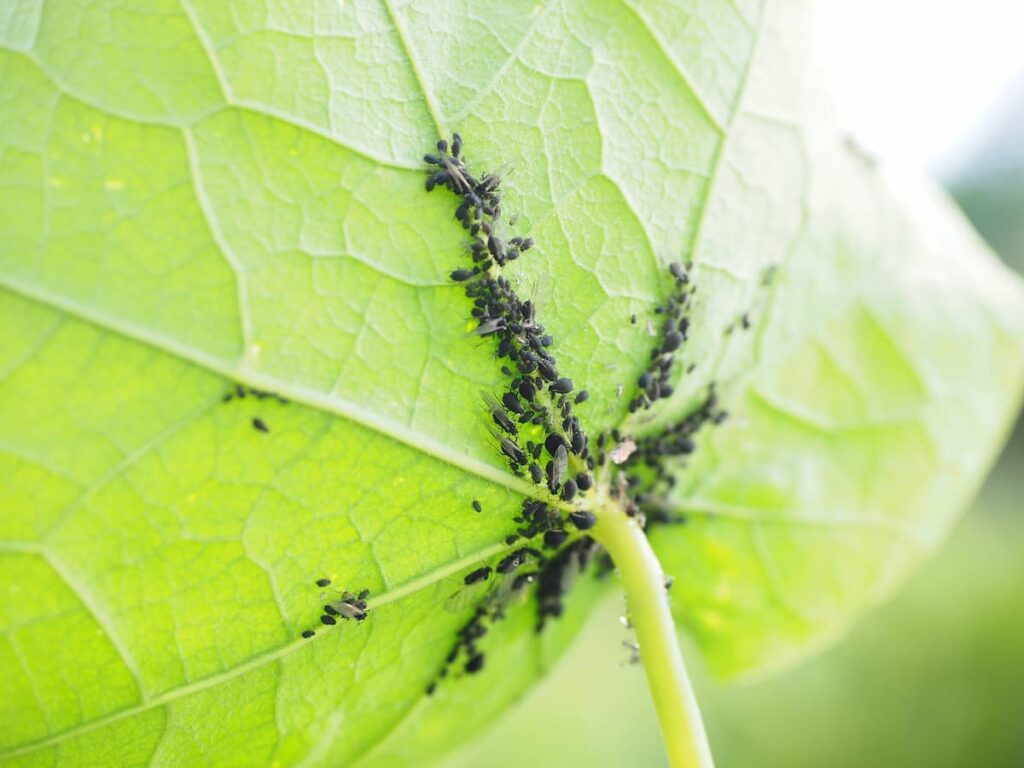
Watch out for houseplant diseases
Houseplant diseases can be caused by various factors, including overwatering, poor air circulation, and insufficient light. If you notice any signs of disease on your plants, take appropriate steps to protect them and diagnose the cause of the problem. Never let plants sit in water standing in the pot or container. Overwatering can cause root rot and other fungal diseases.
Air circulation is essential. Make sure there are enough spaces around each plant so air can circulate and circulate often. Give plants plenty of light, direct sunlight is best for plants, but they should also receive indirect light during the day (through windows) and artificial light at night. Houseplants that don’t receive enough light may produce flowers but not foliage, which will become stretchy and weak-looking.
Repotting houseplants into bigger pots
If your houseplant is in good condition, it can go without repotting for up to four years. But after four years, houseplants may not take up new soil and may start to droop or become spindly. It’s also essential to repot plants every two years because their roots will grow wider as they get older, and the pot will become too small.
To repot a houseplant, first, ensure the plant has plenty of fresh water and give it a good fertilization before moving it into its new pot. Then remove the old soil and composted material, leaving just a thin layer of fresh potting mix at the base of the stem. Next, gently re-position the plant, so its root ball rests in the center of the pot and fills up with fresh soil. Make sure there are no sharp edges on the sides of the pot, as this can cut into the plant’s roots. Finally, thoroughly fill in any gaps around the edge of the pot with fresh soil and water.
In case you missed it: Top 15 Indoor Garden Plants to Remove Air Toxins
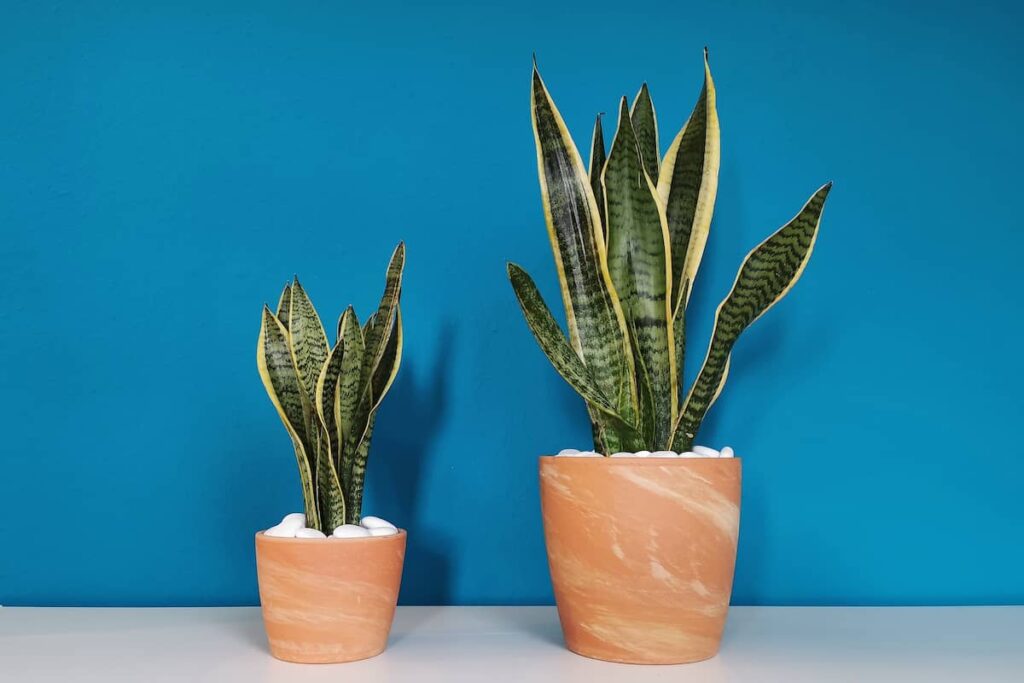
Pruning houseplants
Houseplants need regular pruning to thrive. This keeps them healthy and tidy and can encourage them to flower more abundantly. Start by assessing the health of your plant. If it is wilting or showing signs of being sick, it’s time for a pruning session. Remove any dead or diseased branches or leaves. Pruning away damaged foliage will help reduce the amount of water required by the plant and will help keep pests at bay.
Ensure the branch you are pruning is well-anchored in the soil, as excessive movement can cause damage to the plant’s roots. Consider the size and shape of your plant when deciding how much foliage to remove. For example, large plants may require more removal than small ones because they have more surface area to be covered with fresh soil.
In case you missed it: Pruning Houseplants – Basics, Ideas, Techniques, Tips For Indoor, Balcony
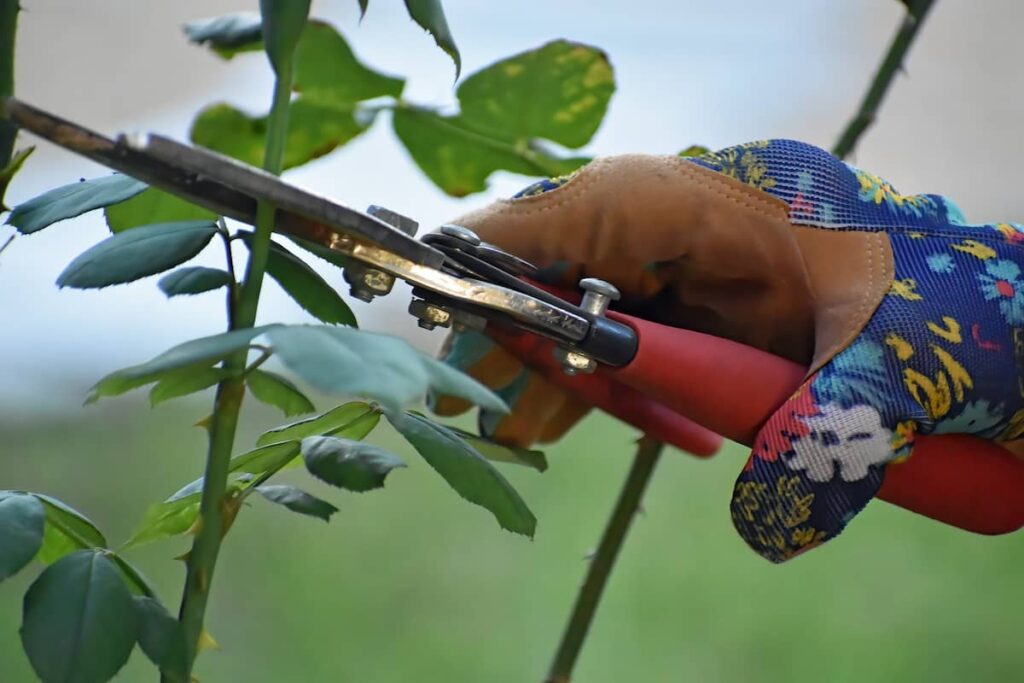
Conclusion
Gardening is one of the oldest forms of human interaction with nature. It’s a great way to get your hands dirty, spend time outside, and enjoy the benefits of fresh, nutritious food. Houseplants are an easy addition to any home and can add a touch of greenery and summertime relaxation to any room. There are numerous advantages to having houseplants, from reducing stress levels to helping improve your mood. This article will explain tips for boosting houseplants and making them part of your everyday routine.
- Where to Place Indoor Plants in Your Home
- How to Grow Tomatoes Organically at Home: A Comprehensive Guide
- Organic Gardening on a Budget: Low-Cost Methods and Materials
- Gongura Seed Germination and Planting Methods
- Cabbage Seed Germination and Selection
- Broccoli Seed Germination and Selection
- Asparagus Seed Germination and Variety Selection
- Seasonal Flower Gardening: Best Practices for Spring, Summer, Fall, and Winter
- How to Grow Hibiscus from Flower
- Plantation Ideas for Home Decoration: A Beginners Guide
- Flower Garden Designs and Layouts for Beginners
- Planting and Spacing Techniques in Papaya: A Beginner’s Guide
- Growing Gold: Essential Techniques for Planting Pineapples
- How to Make Kalanchoe Plant Bushy: Home Remedies and Solutions
- 11 Reasons Why Your Gardenia is Not Blooming: Home Remedies and Solutions
- Eco Elegance: The Guide to Designing a Drought-Tolerant Landscape
- Gardening on a Slope: Strategies for Hillside Landscaping
- Nourish and Flourish: Top Organic Mulches for Thriving House Plants
- Everything You Want to Know about Indian Mogra Flower: Discover Uses and Growing
- Green Thumb Success: Expert Tips for Cultivating Greenhouse Pumpkins All Year Round
- Maximize Growth & Flavor: The Ultimate Guide to Companion Planting in Herb Gardens
- How to Control Rhododendron Problems Naturally: Home Remedies and Organic Ways to Fix Them
- Natural Magic: The Remarkable Benefits of Cinnamon for Plants
- Best Steps to Revive Dying Tulip with Natural and Organic Treatment
- 10 Reasons Why Your Angel Trumpet is Not Blooming: Remedies and Treatment
- How to Fix Periwinkle Leaf and Flower-Related Problems: Natural Remedies and Solutions
- How to Fix Zinnias Leaf and Flower Problems: Discover Natural and Home Remedies
- Organic Steps to Induce Lemon Tree Flowers: A Comprehensive Guide
- Bloom Booster: Crafting the Perfect Homemade Bougainvillea Fertilizer
- Optimizing Growth: A Guide to Applying NPK Fertilizer for Potted Plants
- 10 Best Homemade Fertilizers for Rubber Plant: DIY Recipes and Application Method
- How to Boost Female Pumpkin Flowers: Effective Steps for More Flowers and High Yields
- Transform Your Indoor Garden: Top Benefits of Pink Salt for Houseplants
- 10 Best Homemade Fertilizers for Peacock Plants (Calathea): Easy DIY Guide
- Unlock Blooms: 9 Reasons Why Your Potted Chrysanthemum is Not Blooming
- 8 Reasons Why Your Potted Hibiscus is Not Blooming: Fix it with Simple Solutions
